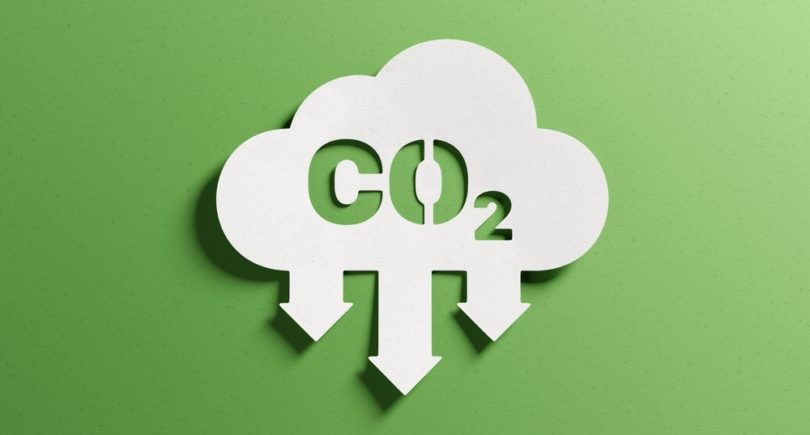
News State trade agreement 1540 14 March 2025
No matter what happens, Ukraine will maintain a free trade regime with the EU
In June 2022, the EU unilaterally opened its markets to Ukrainian goods, and in 2023 this regime was extended for another year, but on June 5, 2025, these autonomous trade measures expire. The problem of regulating Ukrainian exports to the EU concerns exclusively agricultural products.
This was stated by Taras Kachka, Deputy Minister of Economy and Trade Representative of Ukraine, at the online event “Will the EU Stop Duty-Free Trade with Ukraine?” held by the Center for Economic Strategy.
Under pressure from local farmers, all neighboring countries have imposed their own restrictions on certain types of Ukrainian agricultural products. It is likely that the EU will return to tariff quotas for Ukrainian agricultural products.
“The issue between Ukraine and the EU is exclusively about agricultural products. And here we have a real intrigue – what will happen after the end of autonomous trade measures, whether they will be extended. The European Commission has declared that they do not need to be extended, and we will negotiate under Article 29 of the Association Agreement. Now we are waiting for the EU’s position, which has not yet been formulated,” said Taras Kachka.
According to him, no matter what happens, Ukraine will maintain the free trade regime. The question is whether our country can harmoniously switch from autonomous trade measures to Article 29 of the Association Agreement. The procedure under Article 29 is the simplest possible mechanism for the European side, which requires a minimum of steps to make a decision.
In general, the issue of Ukrainian exports is more a matter of politics than trade. Right now, Ukraine is discussing with the European Commission what the trade regime for Ukrainian exports will be after June 5.
“In terms of market balance and food security, the European Union is most interested in maintaining full trade liberalization with Ukraine, but politically it’s not that simple. This issue is more political than economic. Ukraine still has time to find a constructive solution: On April 9, there will be a meeting of the EU-Ukraine Association Council in Brussels, and there may be some agreements,” the Deputy Minister of Economy added.
Negotiations with the EU are also ongoing to reduce the impact of the introduction of the Carbon Border Adjustment Mechanism (CBAM) on the Ukrainian economy.
“The exception for Ukraine may be in accordance with Article 30, paragraph 7, as an amendment to the CBAM Regulation. We are currently working on the CBAM issue, but there are very strong changes in the EU itself,” summarized Taras Kachka.
As previously reported, GMK Center’s revised estimates show that under the current export structure, potential losses of Ukrainian exports in 2026-2030 due to the introduction of CBAM will amount to $4.7 billion, while investment losses over the same period will be $2.7 billion. The losses from CBAM for the Ukrainian economy will increase over time. In 2026 (the first year of full implementation of CBAM), GDP losses could reach $1.4 billion. However, in 2030, this figure could reach $7.2 billion.
According to alternative estimates by CMD-Ukraine, as a result of the CBAM, Ukraine may lose 6.4% of GDP by 2030, exports may decline by 6.3%, including 9.8% to the EU, and the number of jobs may be reduced by more than 116 thousand.




